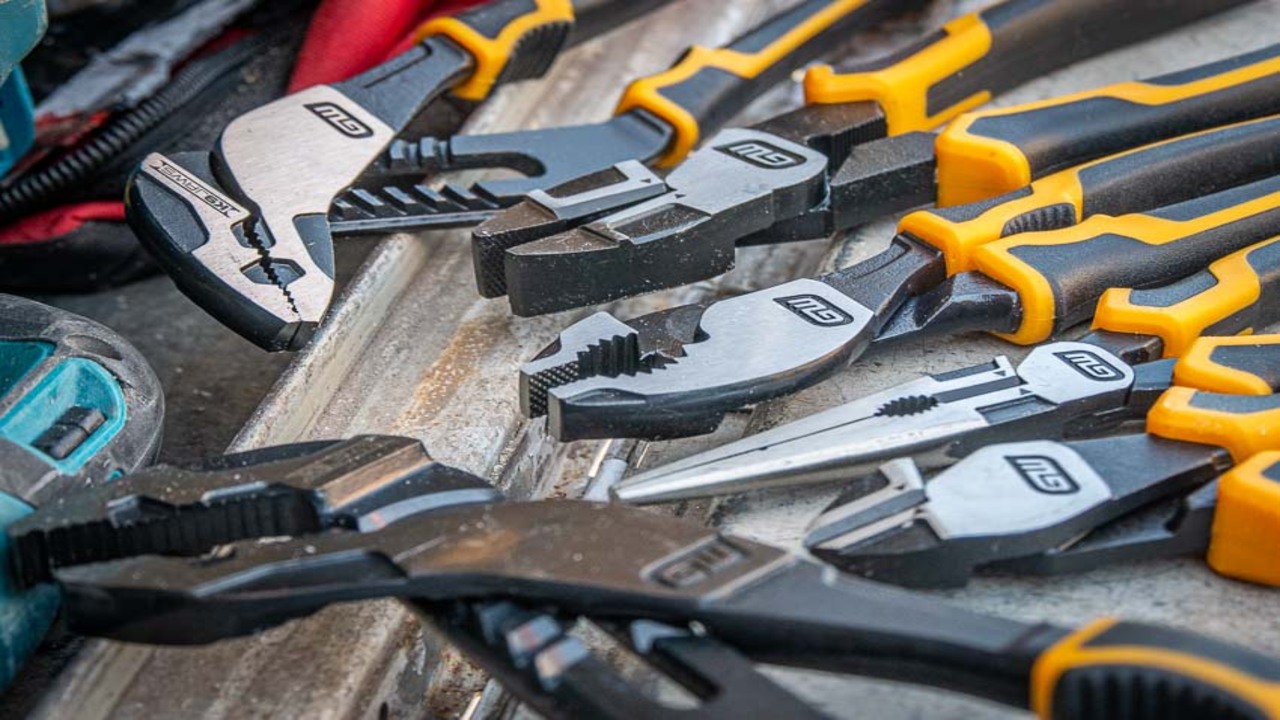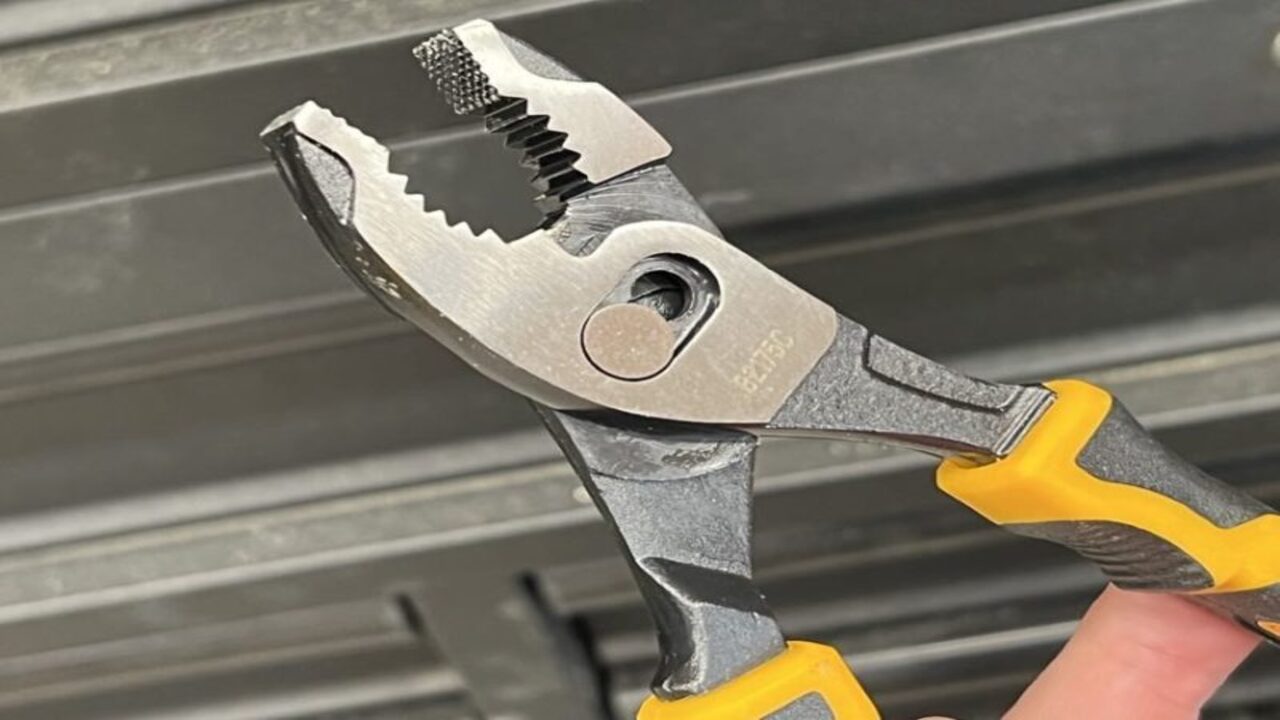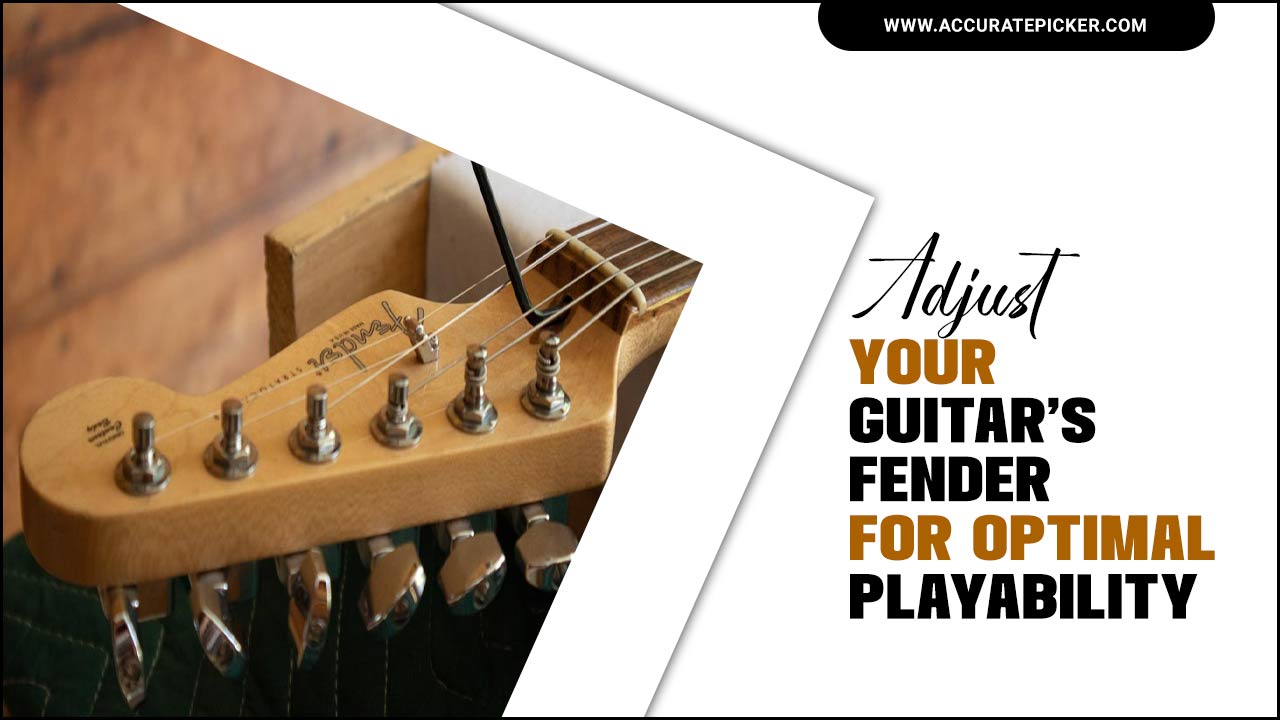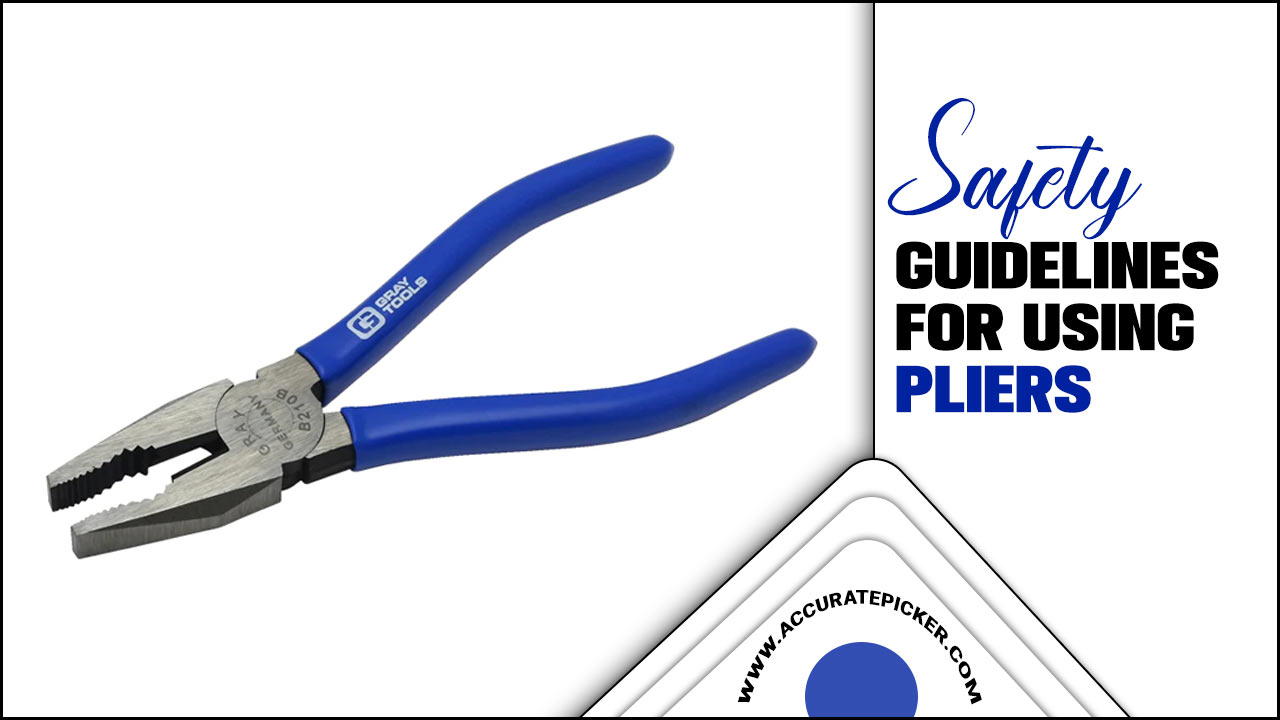Pliers are a versatile tool used in many industries, ranging from construction to automotive repair. They are used to grip, cut, twist, and bend materials.
Pliers come in different shapes and sizes, each with its own unique purpose. In this article, we will discuss what pliers are, the different types available, and the various uses for each type.
We will also explore the different materials used to make pliers, as well as the safety precautions necessary when using them. By the end of this article, you will have a better understanding of what pliers are and how they can be used in various applications. So, let’s dive in and get started!

Pliers: Types & Uses

Pliers are a basic tool used for gripping, cutting, and bending objects. They are commonly used in DIY projects, plumbing, electrical work, and many other tasks. Pliers come in a variety of shapes and sizes, and each type is designed to perform a specific type of task. Common types of pliers include needle-nose pliers, slip-joint pliers, lineman’s pliers, diagonal pliers, and long-nose pliers.
Each type of pliers has its own unique features and benefits, and it is important to understand the differences between them to ensure you are using the correct tool for the job. In this article, we will discuss what pliers are and their different types, to help you make an informed decision when selecting the right tool for the job.
Uses Of Pliers

orange handled needle nose pliers on a wood background
Pliers are hand tools used for holding, cutting, bending, and gripping materials. They come in a variety of shapes and sizes to suit a range of tasks, and are a must-have for any toolbox. Pliers are typically used in a variety of industries, from carpentry to mechanics. Common uses of pliers include gripping, cutting, bending, twisting, and turning.
Pliers are also used in jewelry making and electronics. Pliers come in a variety of shapes and sizes and can be used for a variety of tasks. Different types of pliers include flat nose, needle nose, locking pliers, and wire cutters.
Flat nose pliers are used for gripping and bending wires. Needle nose pliers are used for gripping and cutting thin wires and for reaching into tight spots. Locking pliers are ideal for clamping and holding objects together.
Finally, wire cutters are used to cut through wires. Pliers are an essential tool for any toolbox and are used for a variety of tasks.
Cutting
Pliers are an essential tool in any toolbox, offering a variety of uses depending on the type. In the cutting category, pliers are invaluable for cutting through wires, cables, or other materials. Long-nose and side-cutting pliers are commonly used for this purpose.
Long-nose pliers, also known as needle-nose pliers, feature long, thin jaws that come to a point. This allows them to easily reach into tight spaces to cut cables and wires. Side-cutting pliers have a sharp, beveled edge on one side of the jaws, allowing them to cut through material with ease. For heavier duty cutting jobs, a pair of bolt cutters is often used.
These are specialized pliers with long handles and heavy-duty blades that can cut through metal bolts, chains, and other hard materials.
Clamping
Clamping is one of the most common uses for pliers. They are used to hold an object in place while it is being worked on. Generally, they are designed to have a curved edge so that they can easily grip objects.
There are several types of pliers designed specifically for clamping. Slip-joint pliers are the most common type and are designed to hold objects of various sizes. Vise-grip pliers are designed to hold objects in place more securely and are often used for welding and soldering tasks. C-clamps are designed to hold objects in a specific position and are often used for woodworking and automotive repair.
Finally, locking pliers are designed to be adjustable and are most commonly used for gripping and holding objects of various shapes and sizes.
Bending
Bending is one of the most common uses of pliers. It involves the manipulation of metal or plastic pieces to make them into a desired shape. Depending on the type of pliers you are using, there are different techniques to master for successful bending. Needle-nose pliers are the most commonly used for bending because of their narrow jaws and long handles.
Slip-joint pliers, on the other hand, are better suited for larger bending projects. Linesman pliers are also great for bending, as they have cutting blades at the end of their jaws. Finally, locking pliers are used for more intricate bends that may require additional strength.
With the right technique and practice, pliers can be used to bend a variety of materials for any project.
Gripping
Pliers are a type of hand tool used to hold objects firmly. Often referred to as a pair of pliers, they consist of two metal arms connected at a pivot point. The two arms are also called handles and are used to grip and hold materials.
Pliers come in a variety of shapes and sizes to accommodate different applications. Some of the most common types are needle-nose, slip-joint, and locking pliers. Needle-nose pliers are commonly used for delicate tasks and feature long, tapered jaws that can fit into tight spaces. Slip-joint pliers feature adjustable jaws that can be adjusted to fit different sizes of objects.
Locking pliers feature a locking mechanism that “locks” the handles in place, allowing for a secure grip on objects.
Types Of Pliers

Pliers are hand tools used in a variety of tasks that involve holding, gripping, twisting, or turning objects. They are composed of two metal plates, one curved and the other flat, which are joined together at a pivot point. Pliers come in a variety of shapes and sizes and are used to perform a variety of tasks.
The most common types of pliers are needle-nose, slip-joint, and locking pliers. Needle-nose pliers have a long, thin set of jaws that can be used to reach into tight spaces. Slip-joint pliers have two sets of jaws, one adjustable and one fixed, which can be used for gripping items of different sizes. Locking pliers have a locking mechanism that allows them to be securely clamped onto items.
Other types of pliers include combination pliers, which have two sets of jaws, one flat and one serrated; lineman pliers, which have a flat and curved set of jaws for gripping wires; and long-nose pliers, which have an extended reach.
Combination Pliers
Combination pliers are a type of hand tools used for gripping and cutting materials. They consist of two flat-jawed arms connected in the middle and operated by squeezing the handles together. These pliers are typically used for gripping and twisting wires, as well as cutting wires and light-gauge metals. The jaws of combination pliers can be adjusted to different sizes to accommodate different materials.
The cutting blade is usually at the back end of the pliers and is used for cutting wire and small pieces of metal. The flat-jawed arms also have teeth which allow them to grip objects securely. Combination pliers are a versatile tool that can be used for a variety of tasks, from gripping and twisting wires to cutting metals.
They are a must-have tool for any toolbox or DIY enthusiast.
Needlenose Pliers
Needlenose pliers are a type of hand tool used for a variety of tasks. They are typically made from steel and have two flat jaws, one of which is longer than the other. This longer jaw is pointed and tapered, giving it the “needlenose” shape. This design allows for a greater degree of precision and control when gripping small objects such as nuts, bolts, and wires.
Needlenose pliers are also often used in jewelry making and other crafts. Their versatility makes them an essential tool for any toolbox. When using needlenose pliers, it’s important to be mindful of the strength of the tool and to avoid applying too much pressure. This will help ensure that the pliers don’t break or damage the material being manipulated.
Slipjoint Pliers
Slipjoint pliers are a type of pliers which are widely used in many fields. They have a slip joint that allows for the adjustment of the jaw width of the pliers. This feature makes them very useful for a variety of tasks, such as gripping small items, holding onto delicate objects, and reaching into narrow spaces. They are also commonly used for cutting wire, bending metal, and fastening or loosening nuts and bolts.
Slipjoint pliers are available in a variety of sizes and styles to meet the needs of different applications. They are also relatively inexpensive and can be found in most hardware stores.
Long Nose Pliers
Long nose pliers are one of the various types of pliers used in a wide range of applications. They are often used in tight, confined spaces and for delicate tasks due to their long, tapered jaws. This type of pliers consists of two long handles connected with a pivot and jaws at one end. The jaws are usually flat and tapered and can be serrated or non-serrated.
The long handles provide greater leverage and allow for delicate adjustments when handling small objects. Long nose pliers are mainly used for gripping or cutting wire, trimming nails, bending metal, and holding small objects. They are also commonly used in electronics, automotive, and jewelry-making tasks.
Long nose pliers come in various sizes and styles and are available in a range of prices. They are durable and easy to use, making them a useful tool for many different types of projects.
Conclusion
Pliers are hand tools used for gripping, cutting, bending and manipulating objects. They are available in a variety of shapes and sizes, including flat nose, round nose, needle nose, combination, and lineman’s pliers. Each type is designed for a specific purpose, such as cutting wire, gripping small objects, or bending metal. Pliers are incredibly versatile and can be used in a variety of applications.
FAQ’s
1.What Are The Most Common Types Of Pliers?
Ans: The most common types of pliers are slip joint pliers, long nose pliers, combination pliers, diagonal cutting pliers, and needle nose pliers. Slip joint pliers are the most versatile and are used for a variety of tasks. Long nose pliers are used to reach into tight spaces and hold small objects.
Combination pliers are used for gripping and cutting wires. Diagonal cutting pliers are used to cut wires and other materials. Needle nose pliers are used to reach into tight spaces and hold small, delicate objects.
2.What Are The Different Uses For Pliers?
Ans: Pliers are a versatile tool with many different uses. They can be used for gripping, bending, twisting, cutting, or holding objects. They are most commonly used to hold, twist, or pull different kinds of material, such as wire, pipe, or sheet metal. Pliers can also be used to cut through soft materials such as plastic, rubber, or vinyl.
3.What Safety Precautions Should Be Taken When Using Pliers?
Ans: When using pliers, it’s important to take safety precautions to avoid injury. Wear safety glasses to protect your eyes from any flying debris, and make sure the pliers are in good condition with no damage. Additionally, never put your hands in the way of the jaws of the pliers, and use a secure grip to ensure the tool doesn’t slip unexpectedly. Finally, make sure to unplug the tool before making any adjustments.
4.How Do Pliers Help With Electrical Wiring?
Ans: Pliers are essential tools for electrical wiring as they can strip and cut wires, twist wires together, and hold small components. Pliers can also crimp terminals onto wires, which is necessary to make electrical connections. They are also useful for bending and straightening wires and holding material while soldering. Finally, pliers can also be used to remove or loosen electrical connectors.
5.What Are The Advantages Of Using Pliers Compared To Other Tools?
Ans: Pliers have a number of advantages compared to other tools. They are versatile and can be used for gripping, twisting, and cutting a variety of materials. Additionally, pliers are usually easy to use, and can even be used in tight spaces that other tools may not fit in. Pliers also have greater precision than many other tools, allowing for more precise work.





